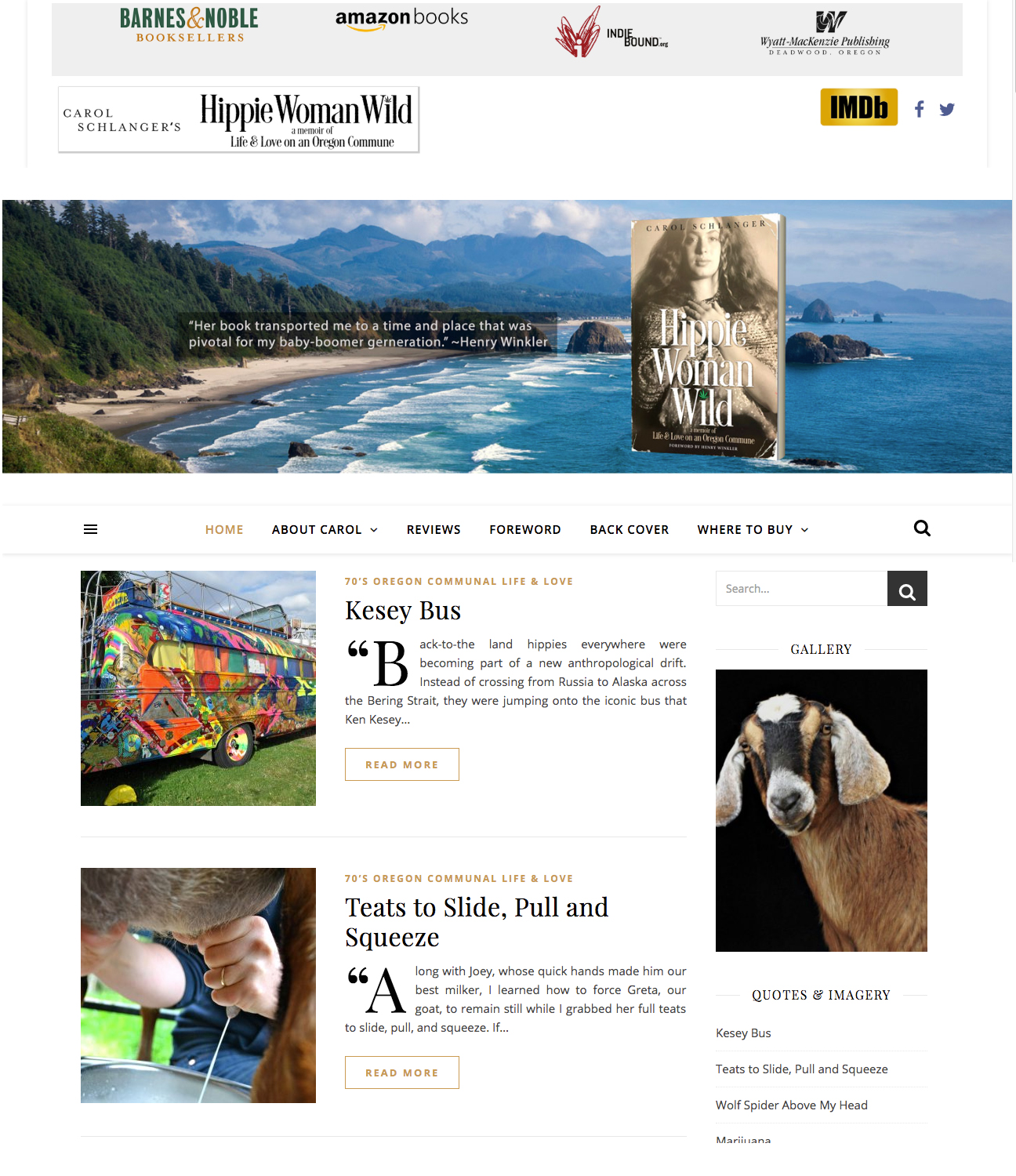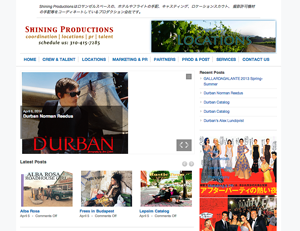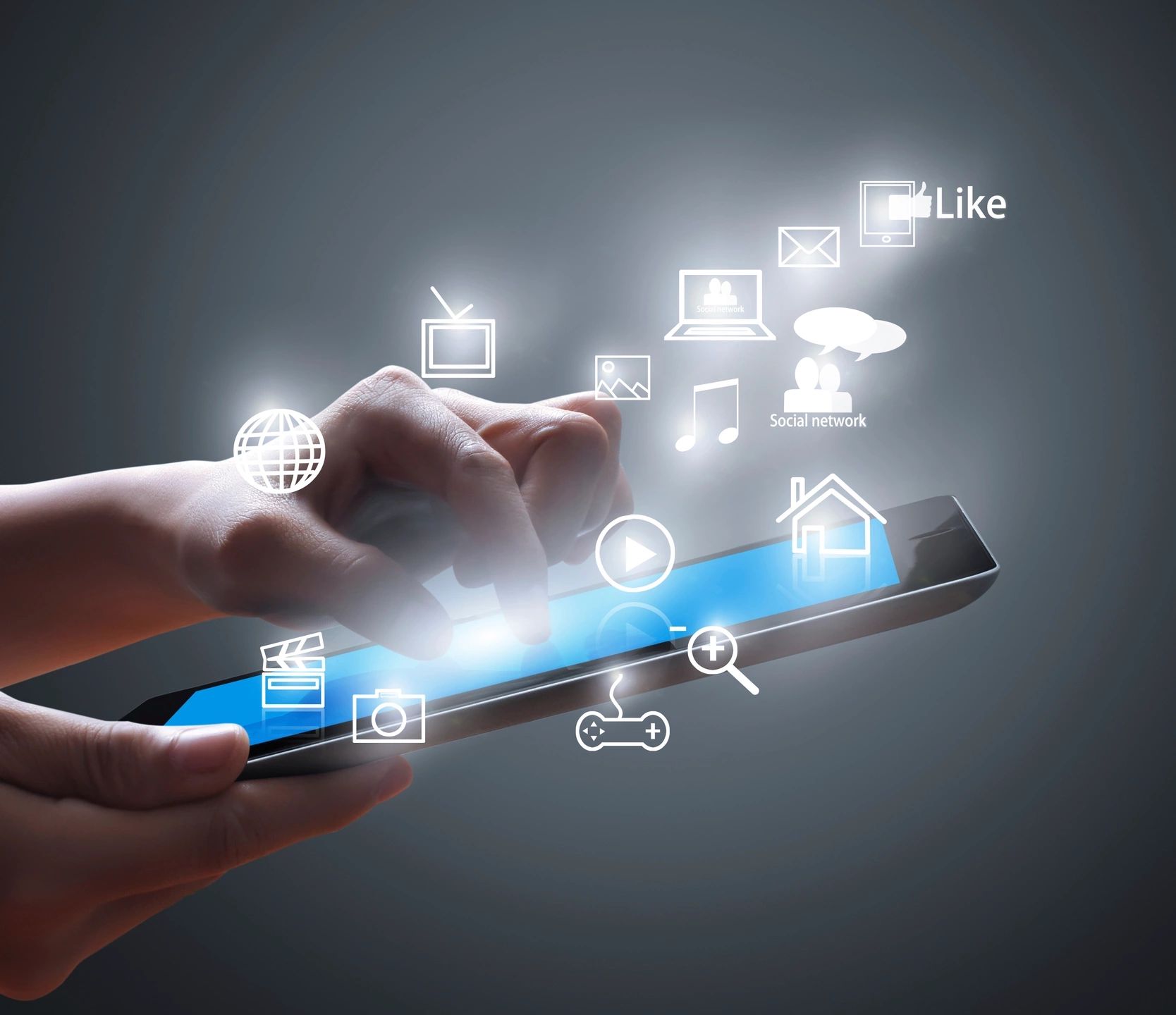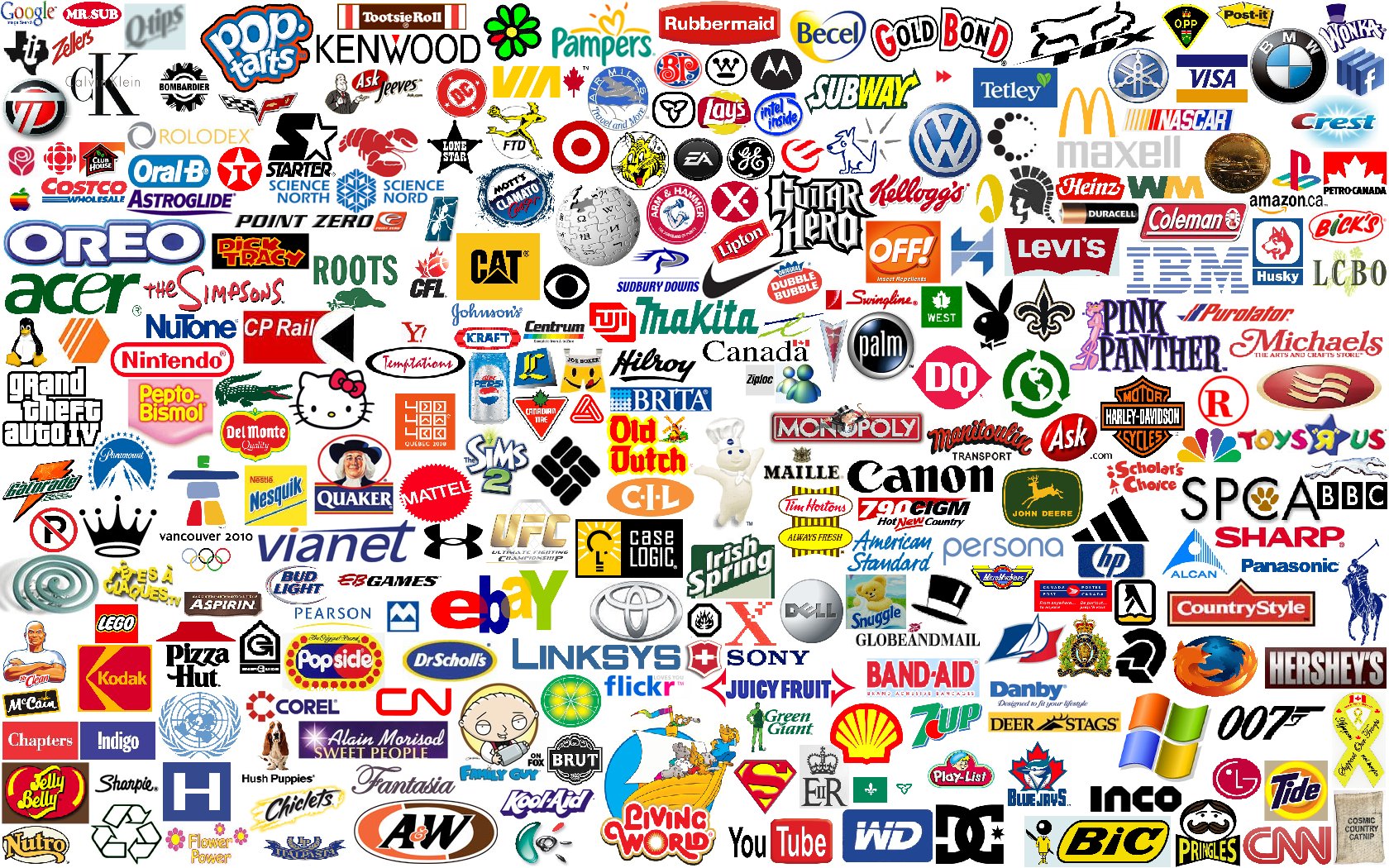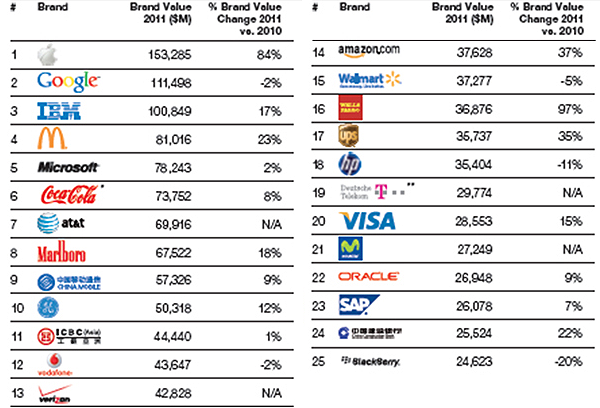[metaslider id=688]
The Use of Images
Images get 90% more views than those without. Due to the oversaturation of digital content and the increased adoption of mobile internet access, attention spans are shorter than ever. It’s preferable to use original images or ones taken by you, as this adds a much-desired personal touch to your campaign.
The Use of Videos
Videos are incredibly useful for presenting common problems and then showing the solutions that your product can offer. Great video serves make your campaign demonstrating that you’re prepared to go the extra mile for quality increasing conversions by 86%. There are numerous types of videos that can enhance your business like how-to videos, animated explainer videos, demonstrations or customer testimonials. Posts with videos receive nearly 200% more inbound links. The Video is the representation of your brand.
The Use of Infographics
Infographics are an excellent tool for drawing upon all of your complex data and statistics and collating them into a compelling, easily intelligible visual display. Accompanied by networking with key influencers, landing page optimization and social media, infographics can become an integral part of your content marketing strategy. Sometimes even the most seemingly mundane statistics can be brought to life when conveyed as stunning visualizations. Bloggers tend to love a good infographic, so if you promote yours effectively, it’s highly likely that it will be circulated throughout the blogosphere. More shares means more publicity for your brand. When sharing your infographic it’s best to include a thumbnail image as well as a hyperlink to your site where the full image is hosted.
The Use of Memes
The term ‘meme’ was first coined by Richard Dawkins in 1976 to ascribe an idea the capacity to replicate itself into different meanings from person to person. Memes are now commonly known as images that are accompanied by humorous captions. Not many people envisaged that memes would play a role in content marketing when they first started to gain traction online, as they were primarily shared and made popular by college students as a form of entertainment. Creating your own meme is a great way to evoke positive emotions and set yourself apart from your competitors. Another unique benefit of memes is that they allow you to create in-jokes about your industry, which is a great way to make people laugh and build a community around your brand.
The Use of Presentations
Presentations serve a similar function to infographics, with a large focus on attractive design and color, thereby drawing the reader into the text. The presentation is not only entertaining, but it also provides the user with actionable advice for how to improve his or her content strategy. As your presentation is likely to include a lot of information, it’s crucial to remain consistent with things like fonts, borders and colours. Just like with any form of content, proofreading for spelling and grammar mistakes is paramount.
The Use of Screenshots
With a screenshot, you can provide your audience with a glimpse into the inner workings of your product or service. You can show what services and functions you offer from a direct perspective, and you can even combine your screenshot with some marketing copy or a testimonial to boost your credibility. Screenshots are very useful for backing up the claims you make in your sales content. Screenshots can be hugely beneficial as a trust-building tool. Consider using them to capture customer reviews or testimonials from industry forums or social media (88% of people read reviews to determine the quality of a business).
